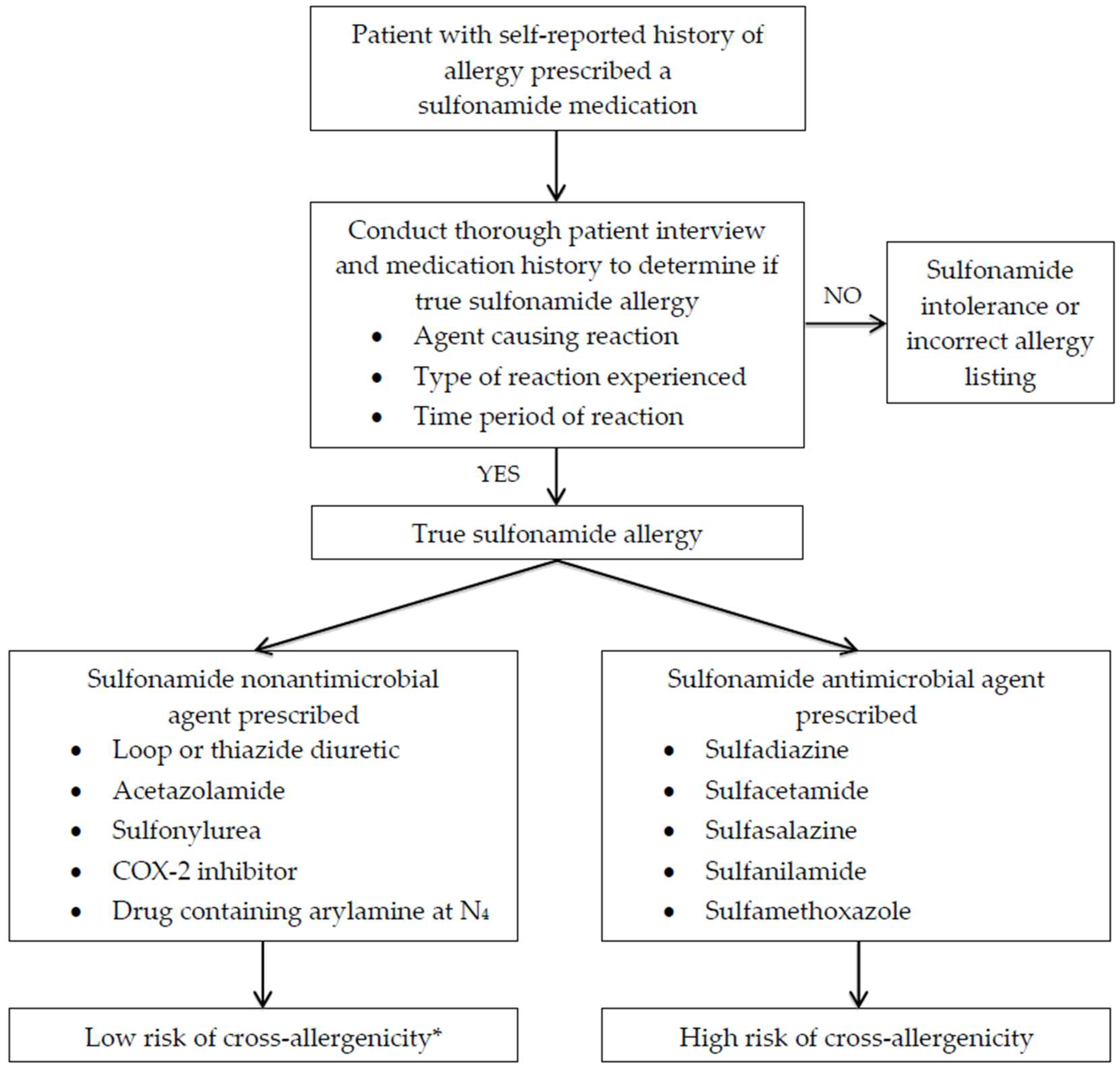

The peanut-sensitized group had significantly higher positive rates for sIgE antibodies against CCD (69.7% vs 4.0%), Juglans pollen (87.9% vs 12.0%), Platanus pollen (90.9% vs 16.0%), and birch pollen (60.6% vs 4.0%) than the peanut tolerance group (all P < 0.05). Results: A 9.1% (3/33) of the patients with peanut sensitization were sensitized to Ara h 8, while 21.2% (7/33) were sensitized to Ara h 1. The relationships between peanut allergen and pollen allergens were analyzed. Methods: Total IgE (tIgE) and specific IgE (sIgE) antibodies against Ara h 1, Ara h 8, Juglans pollen, Platanus pollen, birch pollen, Bet v 1, Bet v 4, and cross-reactive carbohydrate determinant (CCD) of 58 allergic patients, of whom 33 were peanut-sIgE positive and 25 were negative, were detected by the ImmunoCAP system. We investigated the peanut allergen components sensitization and cross-reaction with pollen allergen in Chinese Southerners with allergic rhinitis and/or asthma. In China, however, there have been few reports of severe allergies caused by peanuts.

Objective: Peanut is one of the most frequently reported allergens causing severe allergies in western countries. *These authors contributed equally to this workĬorrespondence: Baoqing Sun Jinping Zheng Email Wenting Luo, * Shuwen Yang, * Huimin Huang, Liting Wu, Zhangkai J Cheng, Peiyan Zheng, Jinping Zheng, Baoqing Sunĭepartment of Allergy and Clinical Immunology, State Key Laboratory of Respiratory Disease, National Clinical Research Center for Respiratory Disease, Guangzhou Institute of Respiratory Health, First Affiliated Hospital of Guangzhou Medical University, Guangzhou Medical University, Guangzhou, People’s Republic of China


 0 kommentar(er)
0 kommentar(er)
